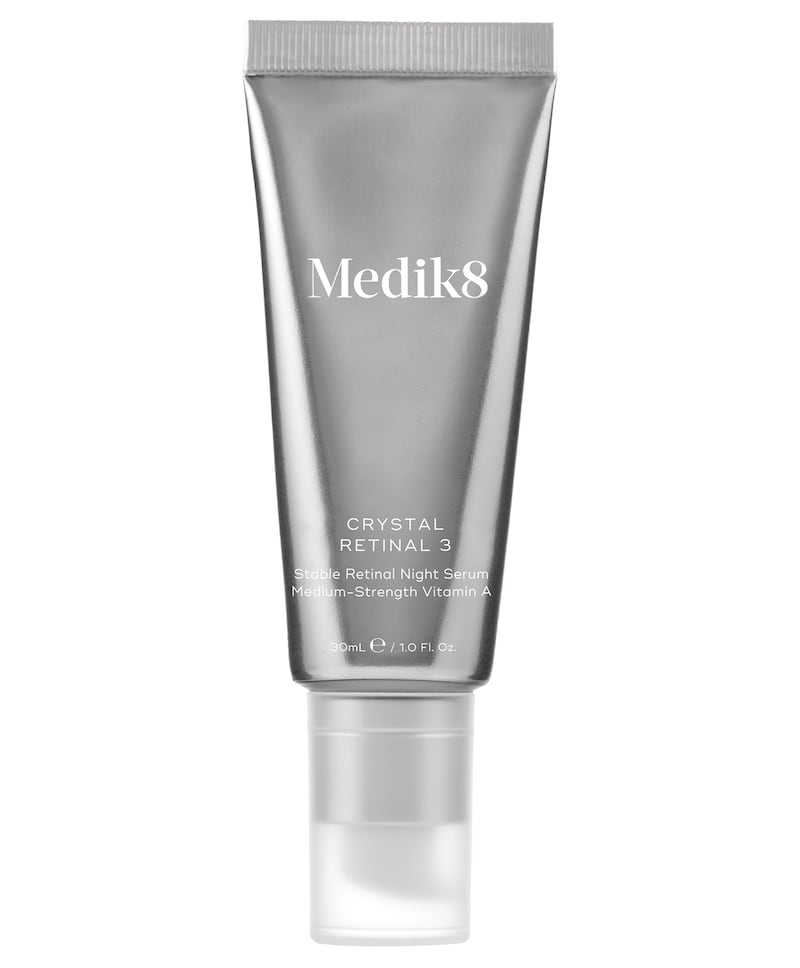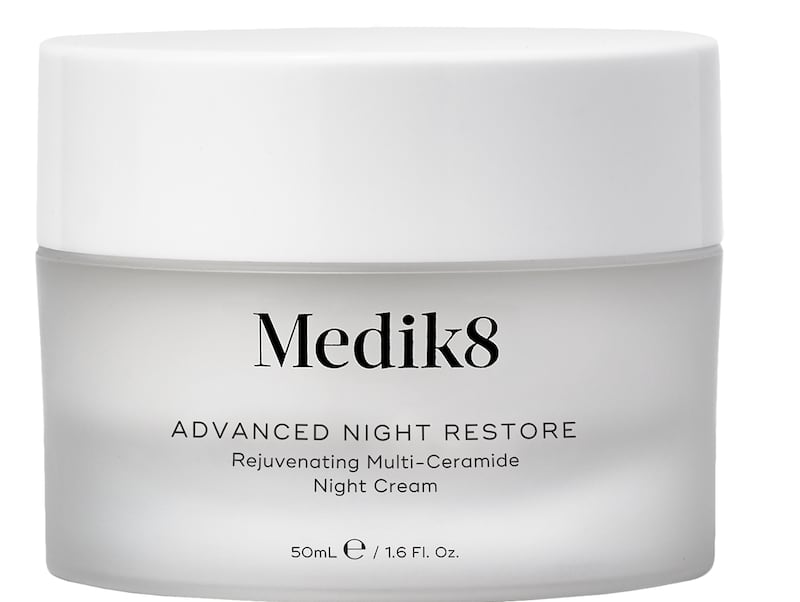Perhaps it’s embarrassing for a beauty writer to admit the following, but it may also be helpful – it has taken me until now to figure out how to use retinol without overwhelmingly negative side effects.
It’s common knowledge by now that retinoids (the family of ingredients under the vitamin A umbrella) are the single most effective form of topical skincare that we have. It’s no surprise that they are prescribed by dermatologists for a variety of skin issues from acne and congestion to pigmentation, uneven texture and lines. With the help of London-based dermatologist Dr Sam Bunting, I’ve finally figured out how to incorporate these beloved but tricky ingredients into the routine I use on my sensitive (read: cantankerous) skin, so I’m here to share the tips that allow me to get the benefits without the irritation.
Over-the-counter retinoid products are much less potent and potentially disruptive to your skin’s barrier than prescription ones, but they can still be difficult to use, causing dryness, peeling, irritation, redness and when you get too flaithúlach about how and where they’re used, even soreness and a burning sensation. Leading retinoid brand Medik8 just launched in Ireland at Brown Thomas, Arnotts and Space NK. While there are lots of excellent brands producing these sorts of products, Medik8 has affordable options and is one I always recommend for first-timers.
In order to work, your retinoid must be converted to retinoic acid by the skin. Prescription forms do this more efficiently. This is why they can be so tricky to use. There are often more conversion steps in over-the-counter retinoids, but they can still be irritating on the skin. If you get the balance right, though, clearer, plumper, glowier skin awaits. Here’s what I learned the hard (read: sore and peeling) way about getting retinol right:
Grá ar an Trá: What is the point of Gráinne Seoige in this incoherent pudding of a series?
Ireland is emerging from winter, but maybe hold off mowing your lawn for now
What’s a phage and why might your body be hosting thousands of them?
Author Torrey Peters: ‘Admitting to any sexual aspect to a trans identity can be politically dangerous. But I refuse to be silenced by bigots’
Retinol application for sensitive skin
- Remove all other active ingredients from your routine until you know how your skin tolerates your new retinoid.
- Keep your retinoid for bedtime and be sure to use sunscreen during the day.
- Start with once-weekly (max twice) application. Make a note on your phone of when you apply it and wait three full days at least before you reapply. If it’s going to cause irritation, you may not feel the effects until about two days after applying, so always wait and see before you go again.
- Buffer. Buffer. Buffer again. Dr Sam recommended I apply my retinoid 10 minutes after applying a generous layer of whatever bland, occlusive moisturiser I have at home. You still get the benefits but the action is slower and irritation is less. It has made an immense difference.
- This is the one time when “pea-sized amount” is actually accurate in skincare. Utilise Dr Sam’s “13 dot technique” (she has several helpful videos on YouTube) to apply retinol effectively.
- Massage it in well, making sure you aren’t leaving an excess of product pooled in common irritation areas like the corner of the mouth.
- Retinoids migrate! Keep the product away from your lip and eye area and make sure that you have buffered with your eye cream or moisturiser and applied lip balm before you put any retinol on your skin. You’ll know you’ve got the balance wrong if you get that classic symptom of retinoid misapplication, the itchy or puffy red eyelid.
TRY
The starter retinoid
Medik8 Crystal Retinal 3 (€62 at Brown Thomas)

The buffers
Medik8 Mutiny Lip Balm (€22)

Medik8 Advance Night Restore (€62)















